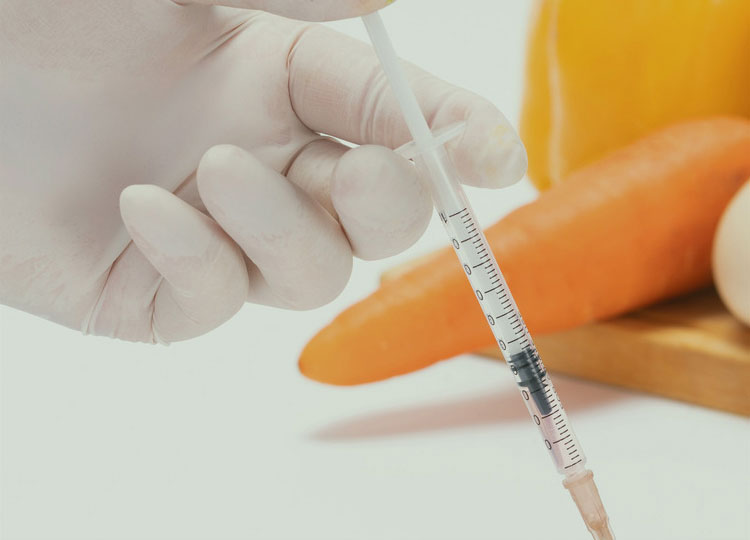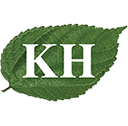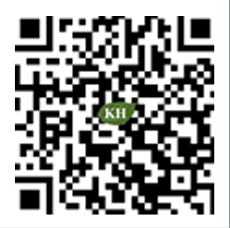
Bilberry Extract
Bilberry Extract
Botanical Source: Vaccinium myrtillus L./Vaccinium Uliginosum L.
CAS NO.: 84082-34-8
Part Used: Berry
Specification: Anthocyanidins 15%, 25%, 35% by UV;
Anthocyanins 15%, 25%, 35% by HPLC.
Botanical source:Vaccinium Uliginosum L, Vaccinium myrtillus
Synonyms:Bilberry Powder Whortleberry Extract Anthocyanidins Anthocyanins Polyphenols
 Contact number
Contact number
+86-731-89865681
 Share
Share
| Appearance: Fine Dark Violet Powder | Particle Size: 80Mesh |
| Loss on Drying: NMT 5% | Ash Content: NMT 5% |
| Total Plate Count: <10,000cfu/g | Total Yeast & Mold:<1,000cfu/g |
| E. Coli:Negative | Salmonella:Negative |
| Arsenic (As): NMT 2ppm | Lead (Pb): NMT 2ppm |
| Cadmium (Cd): NMT 1ppm | Mercury(Hg): NMT 0.1ppm |
Bilberry, with scientific name as Vaccinium myrtillus, belongs to the azalea family. In Europe, North America and Canada, as nutritious food, it may help form iodopsin, thus making eyes suit with the light, keeping vision in dark light and reducing fatigue sense. At present, bilberry extracts are widely used in health-care products for vision and cardiovascular, such as retinitis, cataract, glaucoma and piles caused by diabetes.
Main chemical composition:
The chemical composition in bilberry mainly as: anthocyanidins, organic acid, polysaccharides, tocopherol, alkaloids, volatile and other ingredients.
1.Compounds of flavonoids
Mainly as anthocyanin and other flavonoids compounds. Inside anthocyanin(anthocyanoside),there are 5 kinds of anthocyanin: cyanidin, delphinidine, malvidin, petunnidin, peonidin and galactose, arabinose, glucose orrhamnose; For other flavonoids, mainly as quercetin, kaempferol and myricetin, in addition, also with hyperin, quercitrin and isoquercitrin. Also there are some reports bilberry containing catechin, lL-epigollocatecholl-gollocatechol and dl-gollocatechol.
2. Organic acids
There are great number of organic acids in bilberry fruits, mainly as citric acid, malic acid, shikimic acid, quinic acid, glycolic acid, succinic acid, citramalic acid, glyceric acid, malonic acid, glucuronic acid, galacturonic acid, chlorogenic acid, caffeic acid and phosphoric acid, also some others as paracoumaric acid, o-coumaric acid, m-coumaric acid, ferulic acid, syringic acid and vanillic acid, etc.
3. Other ingredients
There are also some ingredients of volatile, polysaccharides,tocopherol and alkaloids in bilberry fruits. In addition, there are great number of amino acids and mineral materials in it, mainly as cystine acid, cysteine acid, lysine acid, histidine acid, arginine acid, asparagines, serine acid, tryptophan acid, valine acid, tyrosine acid, pyenyalanine acid, leucine acid and proline acid.
Increasing the flexibility of capillaries, can promote pure blood vessel dilation and elasticity, prevent blood vessel rupture.
Providing antioxidants that fight free radicals and harden blood vessels and prevent atherosclerosis.
Anthocyanidins extracted from Bilberry has very good result to many ophthalmologic diseases, further with several kinds of pharmacologic activation: activate enzyme in retina, promote compounds of rhodopsin,Improve vision in dark light, cure nyctalopia..
Inhibition of platelet coagulation that can prevent the formation of thrombus.
Elimination of free radicals.
Anti-aging.
2. Storage: Keep tightly sealed, store away from moisture, strong heat and sunlight;
3. Lead time: Usually 7-10days after order confirmed;
4. Shelf Life: 2 years if sealed and stored in the recommended conditions;











